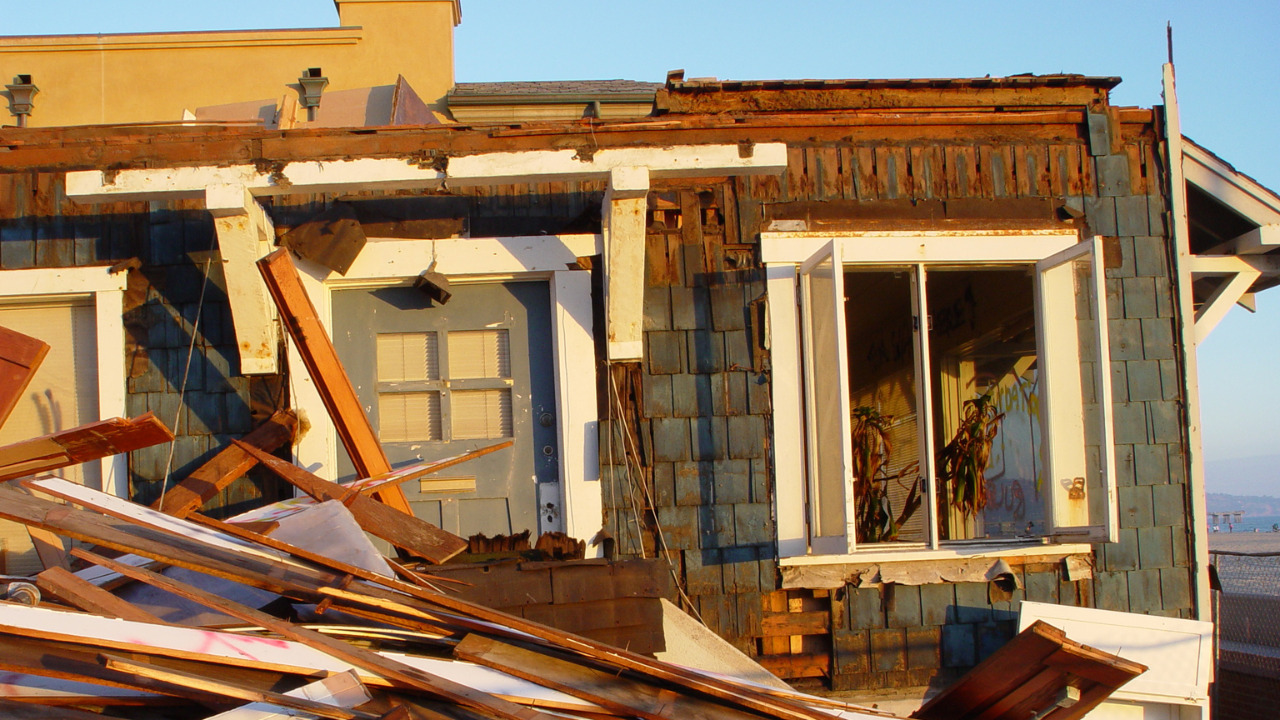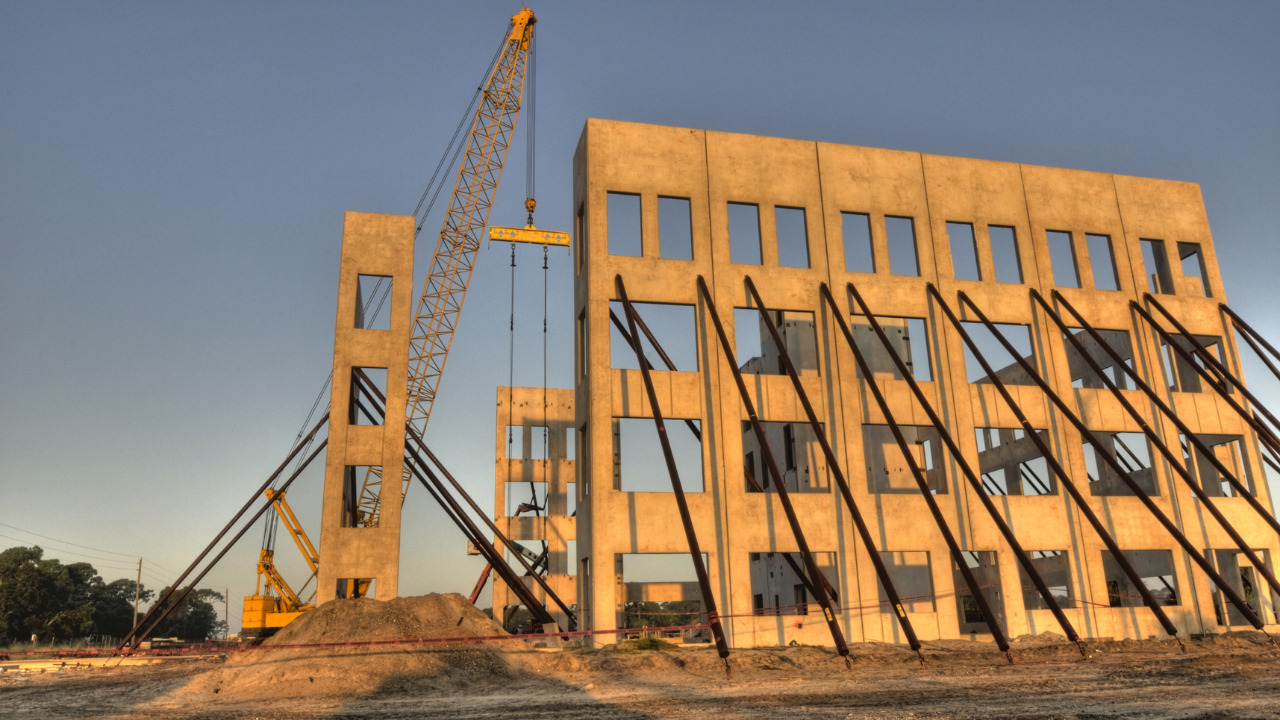Whatever the indication, structural degradation may be to blame for ugly alterations to your walls and roof. The primary factor determining whether or not your insurance coverage will cover structural damage is the damage’s origin.
A typical installation of trusses runs the length of a house, transferring the weight to the exterior walls and then through them to the foundation. There are rarely interior load-bearing walls in houses built with trusses. Compared to stick-built roof frameworks, they are frequently less expensive and faster.
When the bottom chord of the truss is subjected to moisture and temperature circumstances significantly different from those experienced by the rest of the truss, roof truss uplift occurs. Some insurance plans may disregard a truss uplift-related structural loss.
Table of Contents
What Is Truss Uplift?
Heavy insulation is installed beneath the truss’s bottom chords. The insulation’s thickness and the temperature from the ceiling below keep the bottom chords dry in the winter, which causes them to contract.
With the attic’s increasing humidity, the upper chords gather moisture and become damp. The trusses’ top chords expand due to the wetness in the area around them. The bottom chord is presumably insulated in your home and many others like it. This section of the truss is kept warm during the winter thanks to the heated roof.
As a result of increased exposure to air, the upper portion of the truss is being damaged. The cool top chords of the attic collect condensation from the attic’s moisture, which they then absorb like sponges to bring the air inside the attic to balance.
According to the theory, trusses should arch upward because top chords should grow while bottom chords should contract. The cracks at the ceiling junction usually start to appear in the winter and end in the summer.
Because of this, the issue frequently persists. When the drywall is damaged, it cannot simply be fixed and fastened again.
What Are The Reasons For Truss Uplift?
The natural reaction of wood to moisture exposure is what causes truss lifting. When the relative humidity varies in two separate places, this reaction happens. The top chords of a truss enlarge with increasing moisture content. The interior use and inhabitants of buildings produce humid air throughout the winter.
The truss’s top components shrink due to the varying moisture conditions, which raises the bottom chords and causes a separation of the plasterboard along the joint where the wall and ceiling meet. The moisture content in an attic can grow if the amount of attic insulation is raised without considering the potential effects on the temperature of the roof surface and the need for increased moisture control.
It is common for condensation to form on the underside of the roof deck and higher truss chords if additional attic floor insulation is applied. This is because the attic floor tends to be cooler with more insulation supplied. An upper truss member’s moisture content can be regulated by having adequate ventilation on the bottom of the roof deck.
How To Deal With Truss Uplift Issue?
In the winter, truss uplift causes a house’s upper floor ceilings to lift off the internal walls practically. Summertime sees a decline once more. The homeowner is understandably a little concerned by this. The flooring could appear to have settled at first glance.
The ceiling has been raised, sometimes leaving a two-inch gap between the inside walls and the ceiling. Due to the truss rising, there aren’t any serious structural issues. No one has found a solution, although some builders cover it up by fastening the ceiling drywall to the tops of the walls rather than to the trusses.
Despite the trusses lifting above it, the drywall flexes and remains secured to the walls. Some people use decorative molding where the ceiling and walls meet. To the ceilings but not the walls, they fasten the moldings. Moldings follow the rising ceilings, covering the opening. Always redecorate in the winter when the ceiling is at its highest.
What Are The Reasons For Structural Damages To Your Home?
Employing an inspector will assist you in identifying the main cause of the issue and whether your home has structural problems. Finding the cause of loss is one of the adjuster’s first tasks whenever there is a claim.
Adding loss brought on by specific system failures, ice or snow weight, and damage from falling objects is also customary. However, losses resulting from unanticipated or unintentional incidents are not included.
A house’s movement is typically the cause of structural damage. But structural damage can also happen besides weather-related or unexpected structural movement brought on by poor design and unstable soil.
Most insurance policies do not cover structural damage brought on by such unavoidable or unintentional accidents.
How To Protect Your Home From Truss Uplift And Other Structural Damages?
A way to shift the risk of house ownership due to unforeseen circumstances is by purchasing a homeowners insurance policy. Since the weather is out of anyone’s control, items to protect your house from weather damage are available on the insurance market.
However, the building contractor is responsible for adhering to the most recent building codes, employing the right materials, and assuring quality artistry. It could be time to speak with an attorney if the way your home was built has caused structural problems.
Make the necessary arrangements to hire a licensed and knowledgeable property inspector if you consider buying a previously occupied home. While your homeowner’s insurance policy may not cover shoddy construction, a thorough examination could provide the peace of mind you need to steer clear of future catastrophes.
Why Does Truss Uplift?
As time passed, houses changed. Much insulation and ventilation can be found in the attics of newer homes. Instead of rafters and ceiling joists, they additionally have roof trusses. Under a thick layer of insulation, a truss’s bottom chord is concealed.
The bottom chord remains cozy and warm even on the coldest days. In a well-ventilated attic, the upper chords above the insulation, however, might become very cold. The upper chords oppose the bottom chord, which is warm and dry.
Very high relative humidity characterizes the chilly winter air. The top chords lengthen due to the air’s moisture being absorbed by them. The truss arcs up in the middle, lifting the ceilings off the walls because the top chords expand and the bottom chord contract. The cycle turns around in the summer.
Conclusion
During the claim procedure, it’s crucial to constantly take truss uplift or arching into account, especially if there hasn’t been any other damage. If there is no evidence of wind-related collateral damage, the force was presumably insufficient to lift the roof off the walls.
When the ceiling is at its tallest in the winter, you should always redecorate. If not, a stripe will be seen behind the molding in the room next winter. Look for slotted anchors between the walls and ceilings, and note any noticeable gaps when you notice a fairly uniform separation across the top of a wall where it meets the ceiling in the center of the construction.











